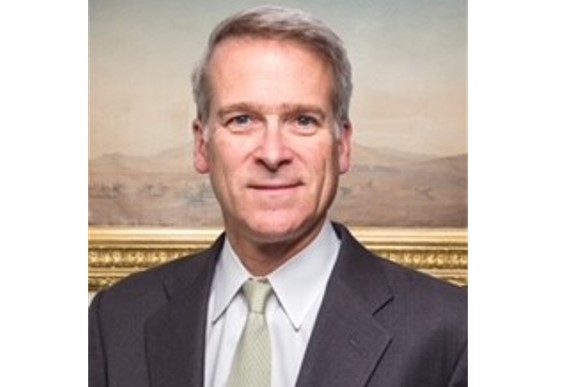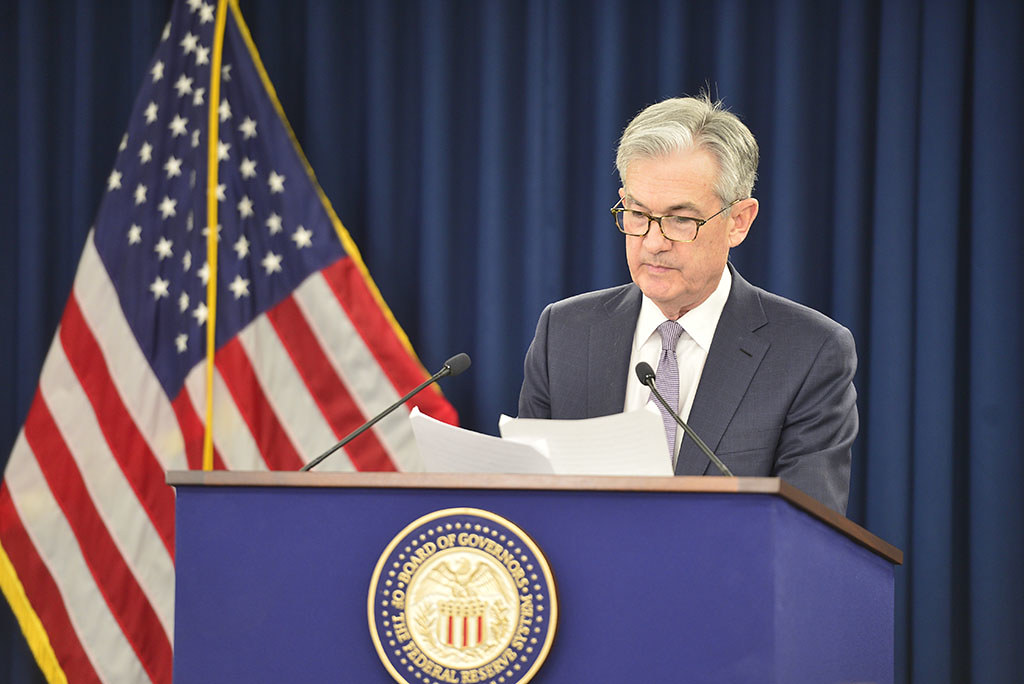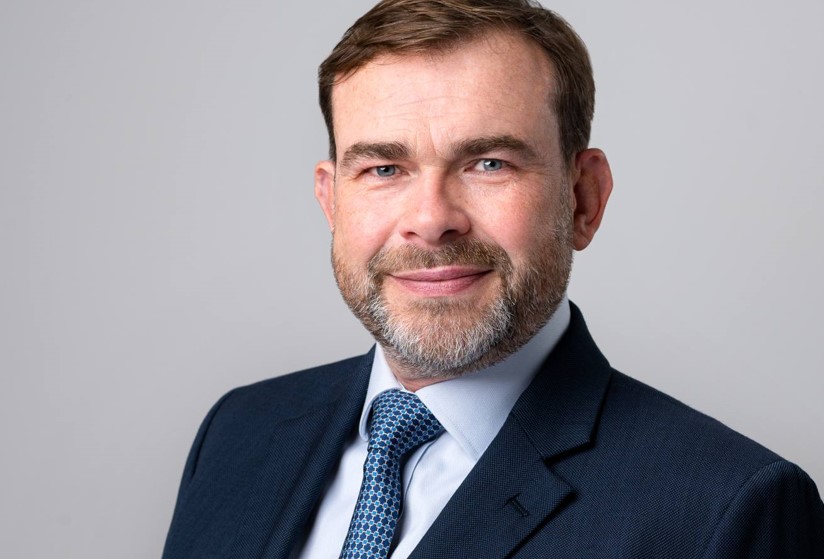Decarbonization: How to Transform the Cost of Inaction Into Investment and Economic Growth
| By Beatriz Zúñiga | 0 Comentarios

The first week of COP26 has yielded some positive announcements about decarbonization, reducing methane emissions and access to clean energy by 2030. However, the success of this summit will be determined by the levels of commitment, policies and financing that are mobilized.
In the opinion of Eva Cairns, Head of Climate Change of abrdn, hardly any clear action plans to achieve the objectives have been detailed and there are no legally binding implementation mechanisms. “We need action plans to halve emissions by 2030 and not just offer vague long-term ambitions. This also applies to the 130 billion dollars promised by the financial community on Financing Day to reach the zero emissions target by 2050. Discussions on the climate financing promise of $100 billion for the developing world are underway and are expected to be fulfilled by 2022 based on Japan’s increased commitment. Much more is needed to reflect the obligation of the developed world to help mitigation and adaptation in the developing world,” warns Cairns.
Moving from general objectives to concrete actions because, according to Bank of America, inaction also has a high cost. In one of its latest research, the form argues that climate change is not an abstract problem but affects the world economy mainly through storms, floods, droughts and sea level rise. “There are also indications that climate change and its reduction play a role in the recent rise in energy prices. Given the prospects for regulation, investment in dirty energy capacity is likely to be low and dependent on high prices. Meanwhile, green energy is not increasing fast enough to fill the void. Changes in wind and rain patterns seem to have affected the supply of wind and hydraulic energy, while China has imposed restrictions on emissions from power plants, causing shortages of electricity. All this underscores the importance of making the transition well. In fact, some economists consider carbon taxes to be one of the most effective ways to promote a more natural transition,” the firm says.
In fact, it is estimated that the potential impact of not acting could mean a loss of more than 3% of GDP each year until 2030, which would increase to $69 trillion in 2100; and a loss of 5% of the value of the global stock market ($2.3 trillion) permanently eliminated by the revaluation of climate policy, with a potentially extreme impact on the profits of companies in certain sectors.
If inaction has a cost, the energy transition that leads economies to achieve zero net emissions and decarbonize their production systems also has a cost. The International Energy Agency (IEA) estimates that achieving zero emissions will cost $150 trillion over the next 30 years, or 5 trillion annually. But BloombergNEF (BNEF) raises the figure to 174 trillion dollars or 5.8 trillion a year, that is, about three times the current investment received by the energy system.
“Most of this item will go to the electrification of various human activities and the electricity system (between 3 and 5 trillion a year until 2030), while hydrogen will gain ground until 2040/50 (0.5 trillion annually). The decarbonization of non-energy emissions, such as agriculture and land use, will need even more capital. This will require job mobility between sectors, which can be a challenge given the requirements to retrain employees and the challenges of labor supply in the short term, which can lengthen the transition,” Bank of America clarifies.
All this investment could be an opportunity to boost employment and GDP. But, according to Bank of America, climate change studies focus on the wrong side of the economy: the impact on aggregate demand and not on productive capacity. “For example, the latest IEA report argues that moving towards zero net emissions would reduce employment in the traditional energy sector by 5 million people by 2030, but would add 14 million jobs in the clean energy sector,” the firm explains. These reports argue that “the increase in jobs and investment stimulates economic production, which translates into a net increase in world GDP until 2030.” World GDP growth is, on average, 0.4% higher in the period from 2020 to 2030.
The drawback would be that inflation could be between 1% and 3% higher, according to the IEA. Bank of America experts disagree, as they believe that by the time climate change mitigation efforts are underway, the world economy will probably be close to full employment, as is likely to be the case in the United States. Therefore, “to staff the industry means removing workers from the rest of the economy. At the same time, the construction of green energy infrastructure will require more than double the investment in the sector, from approximately 2% of current GDP to an average of 4.5% in the period 2020-2030. In addition, in the long term, although this transformation offers opportunities, accelerating the transition to a low-carbon economy too fast could harm growth, closing sectors at the expense of others and competing for resources when the economy is close to full employment,” they explain.
In the short term, central banks could accommodate the increase in demand, allowing their economies to overheat. Hence the estimate of the IEA in the increase in inflation. However, Bank of America experts also do not agree with that estimate: “If the Federal Reserve allows the economic potential to be permanently overcome, inflation will not only increase, but could take an upward trend. As in the 1970s, there will be a feedback loop between price inflation, wage inflation and price expectations,” they explain.
Driving decarbonization
All experts and analysts agree that the holding of COP26 is a unique opportunity to delve into these reflections and draw up coordinated plans to achieve decarbonization. This is the topic of the latest report by Goldman Sachs Investment Research, which identifies five questions of interest to be addressed at this conference.
- Carbon pricing: It is a key instrument for decarbonization, but it also has to be a fair instrument, which prevents carbon leakage and provides greater confidence and transparency for voluntary compensation. According to the entity, the reduction of carbon emissions alone is unlikely to achieve Net Zero’s ambition for carbon by 2050. “We believe that carbon offsets are a crucial driver for carbon elimination through nature-based solutions and direct carbon capture, contributing about 15% to the decarbonization of emissions from the most difficult sectors to debate by 2050. We believe that discussions around higher standards, greater supervision and better liquidity of voluntary carbon credits worldwide could contribute to creating an efficient path to zero net carbon,” they explain.
- Consumer choice: Governments could impose the disclosure of the carbon footprint in products/services and set standards in a coordinated manner at the global level, which would allow consumers to choose low-carbon products and manage their carbon budgets. In his opinion, “it is a missed opportunity to take advantage of consumer pressure on global companies to decarbonize their value chain, finance carbon offsets and aspire to a zero net carbon label.”
- Capital market pressure: According to his report, the ESG boom is pushing capital towards decarbonization, but regulatory uncertainty and lack of global coordination are generating structural underinvestment in the key sectors of materials, oil and gas and heavy transport, which increases price inflation and concern for affordability.
- Net Zero: Net Zero’s national commitments and further carbon reductions by 2030 will be at the center of intergovernmental discussions. “We have modeled two paths to Zero Net Carbon by sector and technology, and we see the importance of clean technology ecosystems, including renewable energy, batteries, hydrogen, carbon capture and the circular economy,” he argues.
- Technological innovation: In their 1.5° C scenario, they estimate that $56 trillion in investments in green infrastructure is needed to reach the Zero Net Carbon target by 2050, which represents approximately 2.3% of world GDP at its peak.










